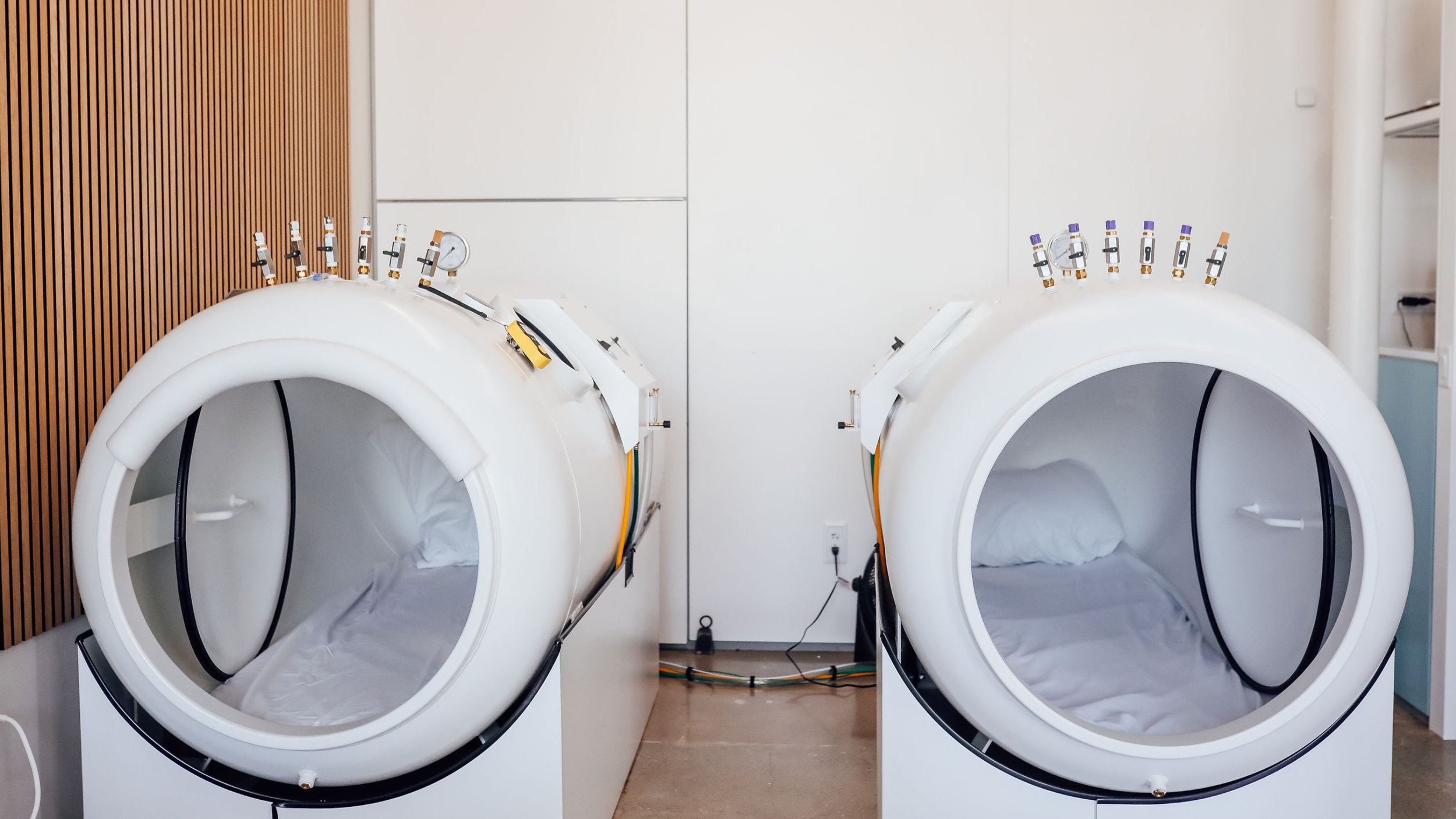Hyperbaric therapy is being utilized as a supportive approach in wound care. For surgeons and clinical teams, understanding the core elements of hyperbaric therapy can help shape patient protocols and optimize wound management. Here are some foundational aspects, such as treatment protocols, pressure levels, oxygen concentration, and how oxygen supports wound healing on a practical level:
How Hyperbaric Therapy Works
Hyperbaric therapy involves placing patients in a pressurized chamber where they breathe concentrated oxygen. The combination of increased atmospheric pressure and oxygen supply can create a unique environment. It influences how oxygen travels in the body. This process enhances oxygen delivery to tissues that are poorly oxygenated, promoting faster and more effective healing.
Treatment Protocols
Protocols vary based on the patient’s needs and clinical indications. Standard sessions last about 90 to 120 minutes. They are typically scheduled once daily over several weeks. The frequency, duration, and number of sessions are defined by the type and severity of the wound, as well as patient tolerance. Ongoing assessment during the treatment cycle supports best practices in wound management.
Pressure Levels
Hyperbaric chambers are typically set between 2.0 and 2.5 atmospheres absolute (ATA). This pressure allows the dissolved oxygen levels in the plasma to rise significantly above what is possible under normal atmospheric conditions. Regular monitoring of the chamber’s pressure helps to maintain safety and protocol consistency during each session.
Oxygen Concentration
Oxygen concentration in the chamber is often near 100%. The enhanced oxygen environment increases the amount of oxygen carried by the blood. When exposed to higher pressures, the plasma can transport more oxygen, helping it penetrate deeper into areas with compromised circulation.
This concentrated oxygen delivery promotes faster wound healing. It does this by stimulating the growth of new blood vessels and improving tissue repair. It also supports the body’s natural immune response by enhancing the ability of white blood cells to fight infections. Additionally, the increased oxygen levels help reduce inflammation and swelling, offering relief for various medical conditions.
How Oxygen Supports Wound Healing
Higher levels of pressurized oxygen can diffuse further into wound tissue. This increased diffusion supports cells involved in tissue repair and helps address wound environments where circulation may be limited. The transport of oxygen deeper into the wound contributes to an environment more suitable for the processes needed for tissue repair.
This therapy can stimulate the growth of new blood vessels, a process known as angiogenesis. It improves blood flow and nutrient delivery to the affected tissues. Additionally, this therapy has antibacterial properties, creating an environment that inhibits the growth of harmful bacteria while supporting the body’s natural infection-fighting mechanisms. For wounds that struggle to heal due to conditions such as diabetes or radiation injuries, hyperbaric therapy offers a practical and evidence-based approach to promoting recovery and reducing complications.
Schedule a Consultation for Hyperbaric Therapy
Hyperbaric therapy protocols require careful consideration and individualized planning. Each wound and each patient presents a unique clinical scenario. Booking a consultation with a wound care specialist offers access to specialized support for advice, protocols, and case discussions. If you are managing complex wounds and are interested in practical approaches to wound care, schedule a consultation with a wound care specialist to explore the most effective protocols.









Leave a Reply